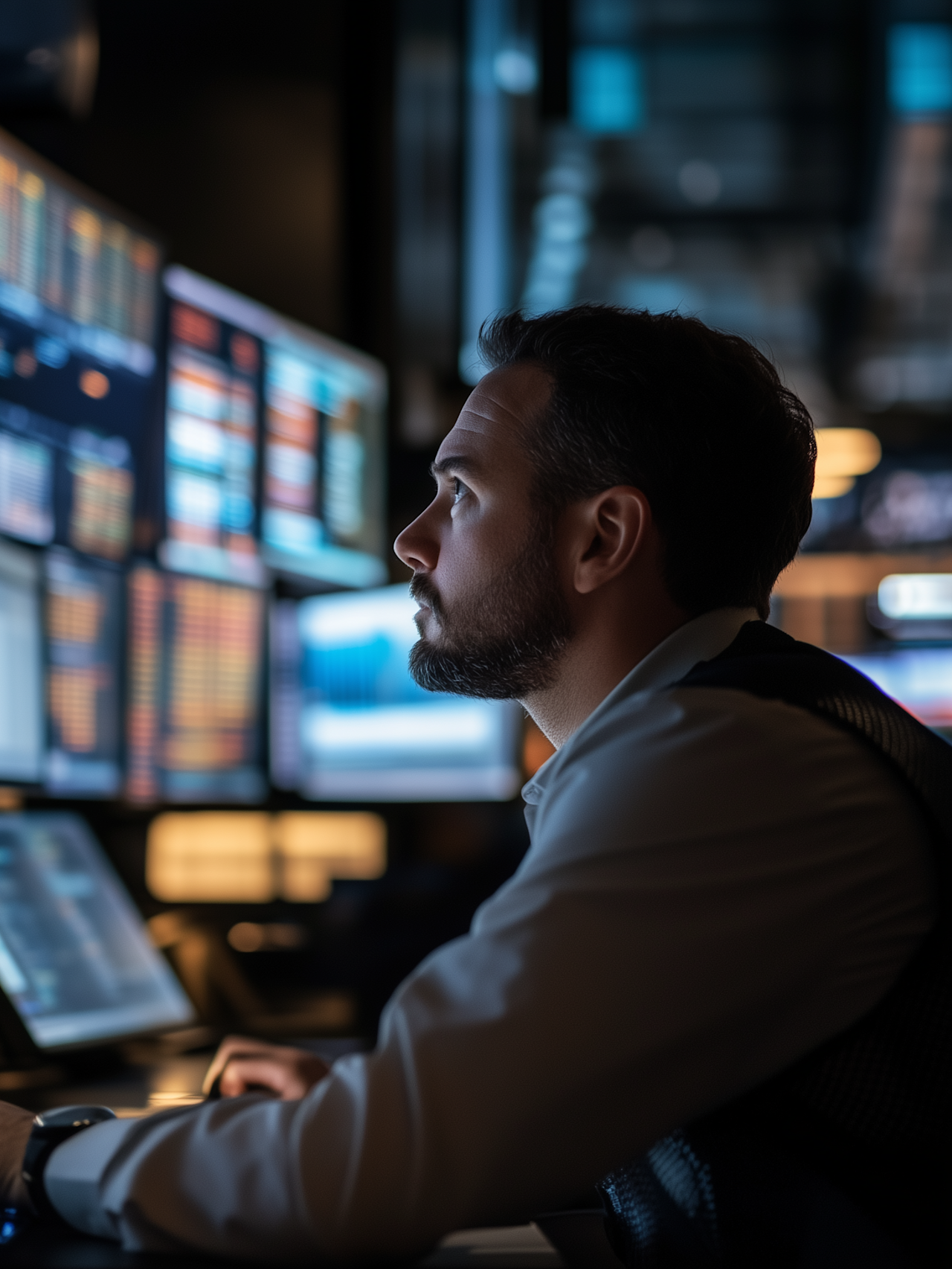Step 1: Products
What do companies produce?
Positive contribution examples: medicine, water, healthcare
Negative contribution examples: shale gas, fast food, gambling

Investments with positive societal impact and contribution to SDGs
Proprietary SDG framework applying 25+ years of research and sustainability data
Exclusion of negative SDG contributions and controversies
Set up in 2015 by the UN, the SDGs provide a shared blueprint for peace and prosperity for people and the planet, now and into the future. The SDGs allow investors to align with broader objectives of society. The granularity of the SDGs helps to clearly articulate how sustainability topics are applied to investment decision-making and to explain specifically how money contributes.
Robeco has formally developed a proprietary investment framework focused on the SDGs. This is a robust tool that systematically evaluates companies based on their contribution towards the SDGs. A company’s overall performance across the SDGs aggregates into an overall company SDG score. These scores are used to construct portfolios that pursue positive impact and aim to avoid negative impact, thereby advancing sustainable economic, social and ecological progress.
We use this three-step framework to assess to what extent a company contributes positively or negatively to each of the SDGs.

What do companies produce?
Positive contribution examples: medicine, water, healthcare
Negative contribution examples: shale gas, fast food, gambling

How do companies produce?
Governance factors
Pattern of questionable conduct?
Differentiate between firms with highest SDG impact

Are controversies known?
Example of controversies: spills, bribery and fraud, mis-selling
All companies are given an SDG score based on their contribution to the SDGs (positive, neutral or negative) and the impact of this contribution (high, medium or low). For instance, companies that have a strong positive impact on the SDGs receive a score of +3, while those with a low positive impact would score a +1.
The Robeco SDG strategies apply this framework to define an investable universe composed of companies that contribute positively to the SDGs. To enable diversification across sectors and countries, companies with a neutral SDG score may be included in the portfolio as well.
The scoring system of the Robeco SDG Framework builds on a pioneering research tradition, and further expands on Robeco’s decades-long lead in sustainable investing. The SDG score, together with the macroeconomic outlook, fundamental analysis, sustainability research and ongoing risk management helps investment teams reduce downside risk and select the most promising stocks and bonds for investment portfolios. For each SDG portfolio we report on overall SDG scores versus the index and individual scores for each of the 17 SDGs.
The quality of the SDG Framework is maintained by our Sustainable Investing Center of Expertise, which includes a dedicated SDG Strategist, SDG Committee and Sustainability Investing Research team. The Center also comprises ESG data scientists and an Active Ownership team that engages with companies and governments on SDGs as well as a wide range of financially material ESG topics. The sustainability specialists work closely with over 200 investment professionals on integrating sustainability into investment portfolios.
Investors are shifting from avoiding ESG risks towards pursuing SDG impacts. 58% consider them a high priority over the three next years Paul Ruijs

Robeco offers SDG strategies in equities, credits and through Indices:
With our proprietary SDG framework, we construct credit portfolios that are diversified across issuers and sectors, and which make a clear positive contribution to the SDGs, while also delivering attractive financial returns. Furthermore, our SDG screening can help reduce downside risks in credit portfolios.
Robeco offers several SDG credit strategies: The Global, Euro and Emerging SDG as well as the SDG High Yield strategies that aim to outperform their respective indices.
SDG Credit Income has no benchmark but aims to optimize yield and income. All versions aim to contribute to the SDGs.
The Global SDG Equities strategy aims to achieve a superior risk-adjusted return over the long term by carefully selecting high-quality companies at attractive valuations. The strategy builds on the following three pillars:
Technological progress, regulation and consumer awareness create new markets;
Sustainable companies with innovative products and services have a competitive edge;
Investments in companies that generate positive impact and exhibit strong operational sustainability and financial attractiveness lead to superior risk-adjusted return.
This strategy targets companies that some investors may wish to avoid. With the help internal sustainable investing analysts and engagement specialists, the investment team carefully selects companies with high potential and commitment to improve their contributions to the UN Sustainable Development Goals (SDGs). Through focused engagement with investee companies, the strategy seeks to push SDG progress while generating attractive investment returns.
A well-diversified, sustainable and high impact alternative to passive. It builds on Robeco’s pioneering role in sustainability investing and our proprietary SDG Framework to help asset owners with positive societal impact, mitigation of reputational risks and transparent reporting. It uses research on forward-looking carbon risk measures based on current market data and SDG13 (Climate Action) instead of relying solely on backward-looking carbon data.
The strategy targets sustainable investments: it has sustainable investment as its objective and targets themes such as energy or mobility, the UN SDGs or climate change. Moreover, it follows a stricter exclusion list. Under the EU Sustainable Finance Disclosure Regulation it is classified as Article 9.
Investments that quantifiably contribute to the SDGs.
Investing that aims to generate beneficial social or environmental effects
A true understanding of the topic has been in our DNA since the start
This has been a core expertise for us for decades







